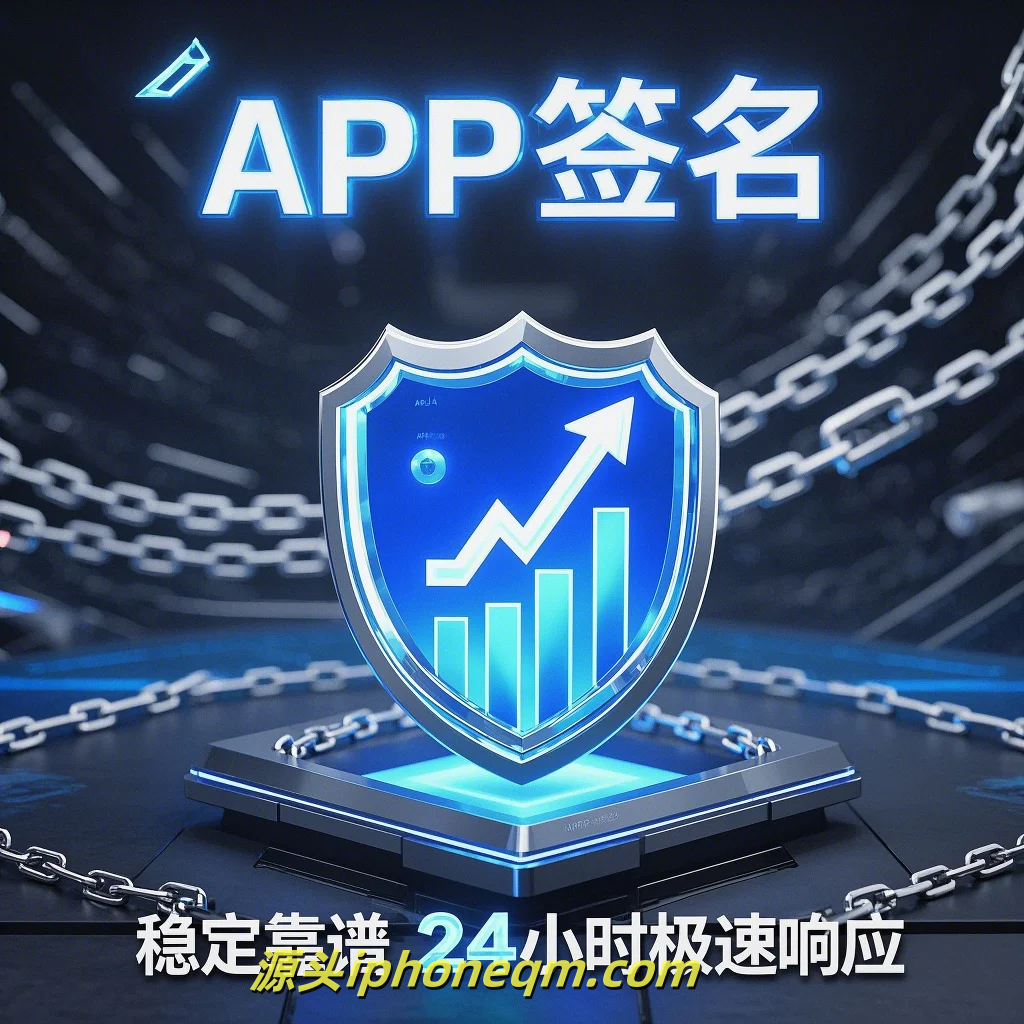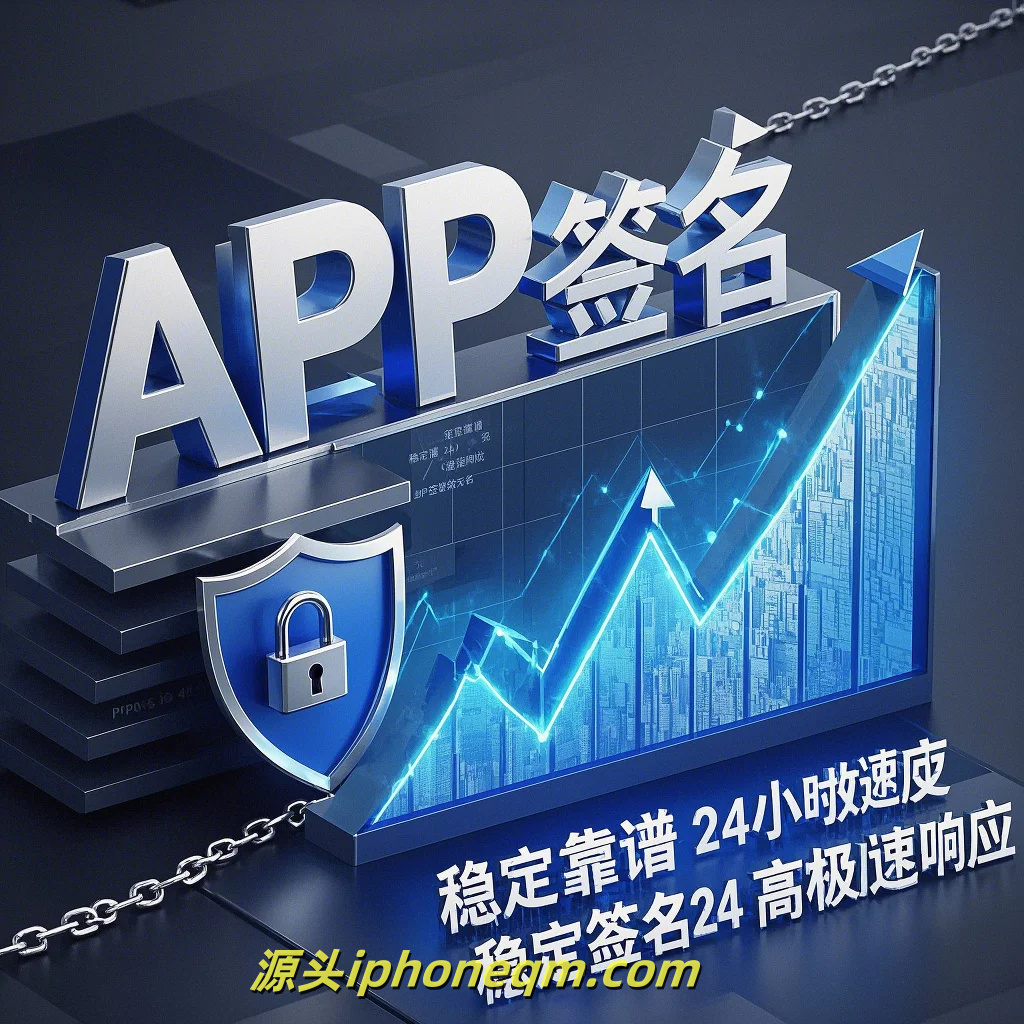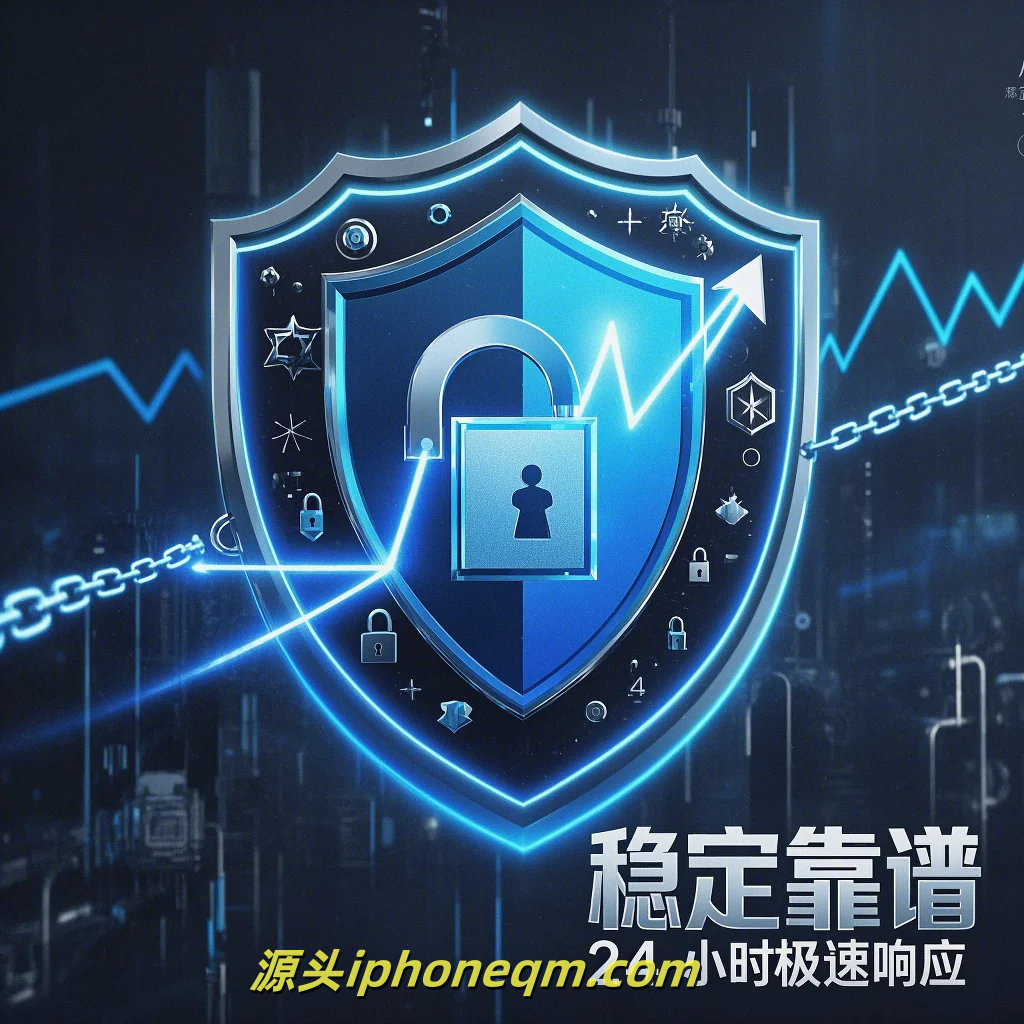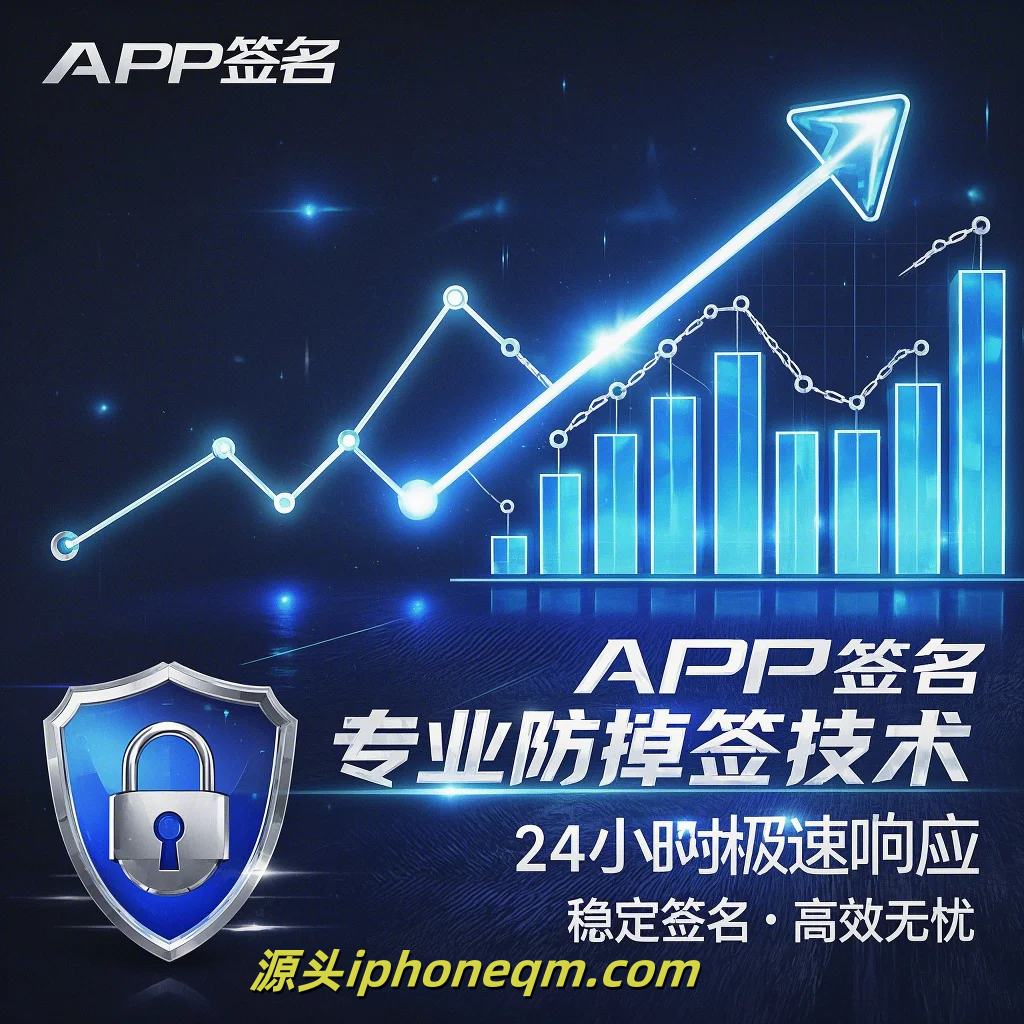The Connecting Threads of Apple Signing Lifecycle
In today's technology-driven world, the Apple signing lifecycle is a crucial concept that weaves through app development, distribution, and user experience. This process ensures that applications are authenticated, secure, and trusted by users, paving the way for a smooth interaction with Apple's ecosystem. Understanding the connecting threads of this lifecycle can demystify the processes that keep our devices safe.

At the beginning of the signing lifecycle is the developer's journey. To initiate this process, developers must obtain an Apple Developer account. This account serves as a gateway to various resources, including certificates, identifiers, and profiles essential for app development. Within this framework, developers create a certificate signing request (CSR), which is a fundamental piece that enables the generation of a code-signing certificate. This certificate acts as a digital signature, verifying the authenticity and integrity of the application being developed.
Next, there comes the app provisioning phase. Provisioning profiles link the app to the developer’s account, ensuring that only authorized individual or team members can run and distribute the app. These profiles specify the app ID, the devices it can run on, and the code-signing certificate required for the app. By binding these elements together, Apple creates a secure environment that lays the groundwork for a trusted app experience.
Once the application is developed and provisioned, it’s time for the actual code signing. Here, the developer uses the signing certificate to sign the application, which embeds the digital signature into the app bundle. This signature serves as a security check against tampering and ensures that the application comes from a known source. A signed application is more than just a piece of code; it carries the assurance that it has not been altered after signing and that it complies with Apple's guidelines.

After signing, the application is ready for distribution. Whether through the App Store, TestFlight, or enterprise distribution, the signing status plays a pivotal role. Apple employs stringent validation checks during the submission process to ensure that the app is properly signed and meets all criteria for a secure app experience. If the app fails these checks, developers are notified, and the app may be rejected from the store, emphasizing the importance of quality control in the signing lifecycle.
Once an application is in the hands of users, the signing lifecycle continues to function behind the scenes. The operating system checks the app's signature whenever it's launched, ensuring it remains untampered throughout its lifecycle on users' devices. If a signature is found to be invalid—perhaps due to tampering or a revoked certificate—the app will not run, protecting users from potential threats.
As we explore the significance of Apple’s signing lifecycle, it’s evident that this process is more than a mere formality. It serves as a robust framework for protecting developers and users alike. By ensuring that apps are properly authenticated and free from malicious intent, Apple fosters a trust-based environment where users feel safe downloading and using applications.

In conclusion, the connecting threads of the Apple signing lifecycle weave through various stages, from development through to distribution and user experience. This intricate process is essential in maintaining the integrity and security of applications, demonstrating Apple’s commitment to providing a reliable ecosystem. Understanding these threads empowers developers and users alike to navigate the dynamic landscape of app technology with confidence and assurance.
扫描二维码推送至手机访问。
版权声明:本文由MDM苹果签名,IPA签名,苹果企业签名,苹果超级签,ios企业签名,iphoneqm.com发布,如需转载请注明出处。












